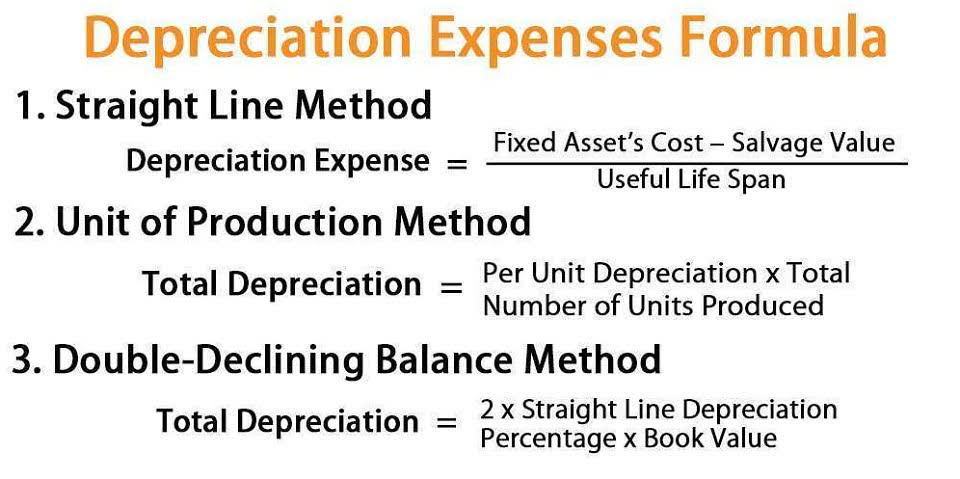18 Oct What the Percent of Sales Method Is and How To Use It

This is commonly done by percentage — if you know the percent amount your sales will increase, you can apply that to all line items as well, both assets and expenses. This includes things like accounts payable, accounts receivable, percentage of sales method cash, cost of goods sold (COGS), fixed assets, and net income. This method is therefore appropriate only for entities with small credit sales.
Factors to consider when setting an advertising budget

The first method—percentage-of-sales method—focuses on the income statement and the relationship of uncollectible accounts to sales. The second method—percentage-of-receivables method—focuses on the balance sheet and the relationship of the allowance for uncollectible accounts to accounts receivable. Those percentages retained earnings are then applied to future sales estimates to project each line item’s future value. The percentage of sales method can be used to determine a marketing budget. To do this, you should choose a percentage that is suitable for your industry, market, and business goals.
Can the percentage of sales method help a small business create a realistic budget and forecast future growth?
- The method is often used for forecasting the impact of sales growth on income statements and balance sheets.
- It is usually adopted in companies where most of the sales are made on cash and the volume of credit sales is relatively small.
- Consequently, by examining historical data and trends, businesses can determine these percentage relationships, which are constant, regardless of sales fluctuations.
- The meaning and purpose of the percentage of sales method and aging of accounts receivable can be confusing for individuals new to the finance world.
- However, if the situation has changed significantly, the company increases or decreases the percentage rate to reflect the changed condition.
Either net sales or credit sales method is acceptable in the calculation of bad debt expense. However, if the credit sales fluctuate a lot from one period to another, using the net sales method to calculate bad debt expense may not be as accurate as using credit sales. Under the percentage of sales basis, the company calculates bad debt expense by estimating how much sales revenue during the year will be uncollectible. For example, the expected losses from bad debt are normally higher in the recession period than those during periods of good economic growth. This means the receivables method includes previous year’s balances, including debt balances, giving you a more holistic view of your company’s bad debt.

The Percentage of Sales Method Formula: How to Calculate Percentage Accurately

With any growth in sales, current liabilities are assumed to increase proportionally just like current assets. Your bad debts should be listed on the debit (Dr.) side of your profit & loss statement since they’re a loss for the business. You would also reduce your receivables by the amount of allowance on the balance sheet. An allowance for doubtful accounts is established based on an estimate made by the company. This is the amount of money that the business anticipates losing every year.
How is the Percentage Of Sales Method calculated?
- Now, small business captain, set sail toward a brighter, more accurate future as you navigate debt, cash flow problems, and maybe even the occasional kraken, like a total pro.
- This article guides you through using the calculator effectively and provides insights into the formula, examples, and FAQs.
- So we didn’t make an example where they happen to come out the same here because it just doesn’t happen typically.
- That’s also the reason why it’s relatively easy to update with new historical sales data as it comes through.
- On the income statement, Rankin would match the bad debt expense against sales revenues in the period.
- And the other being a balance sheet issue a point in time issue, which is the balance sheet on the balance sheet side, which is where the accounts receivable method will be focused.
This method provides a clear percentage view of how growth impacts various accounts, helping them to forecast. It’s a practical way to anticipate funding needs and plan for expansion, providing a solid financial forecast and a reliable budget. This percentage based approach is highly effective for any percentage based analysis. QuickBooks ProAdvisor It is vital to consider accounts receivable and accounts payable because they directly impact your cash flow. Using the percentage of sales method, accounts receivable represents money owed to you, typically a percentage of your credit sales. Similarly, accounts payable often reflects a portion of your purchases or cost of goods sold.


No Comments